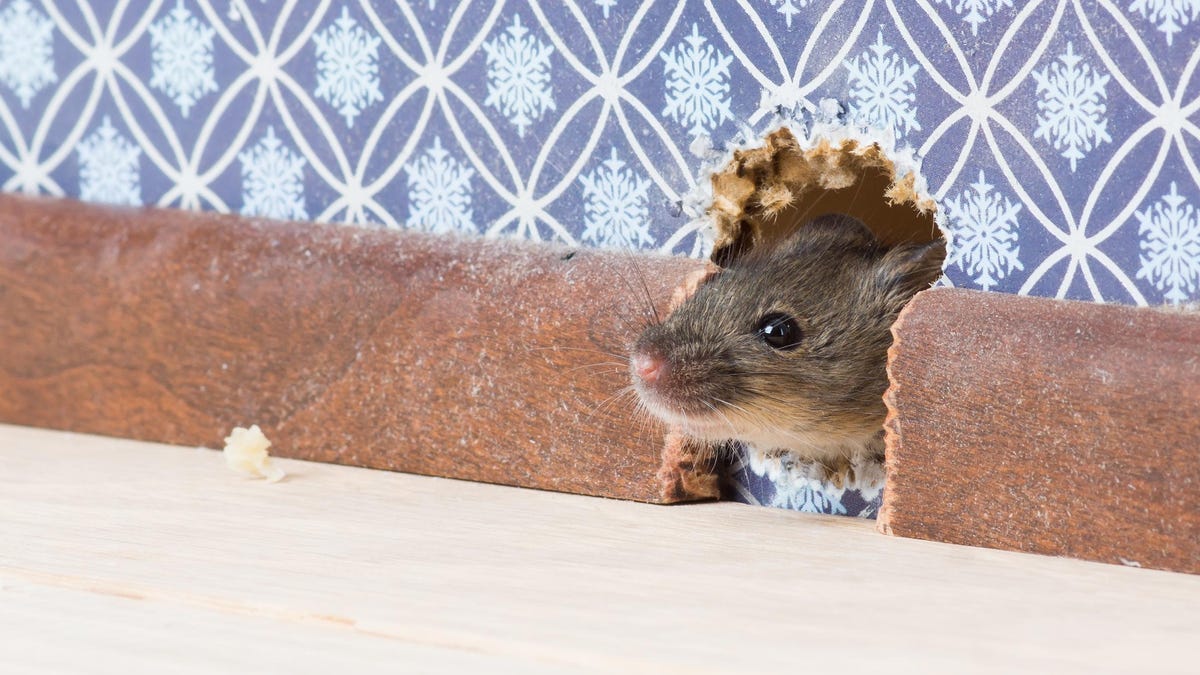How to Keep Mice Out of Your House This Winter
Each year, as the temperatures drop in the fall, mice are on the hunt for an all-inclusive winter resort where they can find food, warmth, and shelter until the spring. Though you can’t really blame them, you also probably...

Each year, as the temperatures drop in the fall, mice are on the hunt for an all-inclusive winter resort where they can find food, warmth, and shelter until the spring. Though you can’t really blame them, you also probably aren’t about to roll out the welcome mat and invite them into your home.
But mice are resourceful, compact critters, and don’t wait for an invitation. In other words, if you don’t want them moving in this winter, now’s the time to take steps towards preventing that. Here’s what to know.
How to keep mice out of your home this winter
Not only are mice small to begin with, but they’re also able to squeeze through holes the width of a pencil—that’s about 1/4 inch in diameter—so stopping them from gaining access to your home may be more of a challenge than you thought. Here’s what to do in order to prevent them from moving into your house for the winter:
Check the perimeter
Head outside and inspect the perimeter of your house. Do a few laps focusing on the lower foundation and mid-structure, checking for cracks, crevices, and holes. Additionally, look for gaps between the foundation and ground.
Inspect other outdoor areas
Next, look for other gaps and holes on your home’s exterior, including:
In and around the roof, including among the rafters, gables, eaves, and soffitsAround windows and doors Around attic and crawl space ventsAround electrical, plumbing, cable, and gas linesLook for openings and places to hide inside
According to the Centers for Disease Control and Prevention (CDC), you should check the following indoor locations for potential entry points or hiding spots inside your home:
Around windows and doorsBehind appliancesInside, under, and behind kitchen cabinetsBetween the floor and wall junctureFloors of closets, especially cornersIn the basement or crawl spaceAround floor drains, such as in your basement or laundry roomAround fireplacesAround the pipes under sinks and washing machinesAround the pipes leading to water heaters and furnacesAround floor air and dryer ventsAround all electrical, water, gas, and sewer linesInside the atticSeal any openings
Once you’ve located the gaps, holes, and hiding spots inside and outside your home, it’s time to seal them up. Use exterior-grade caulk to fill any small openings on the outside of your home.
If there’s enough room, you can stuff the holes with some steel wool first, then use caulk or spray foam to keep it in place. Seal larger holes with hardware cloth, cement, metal sheeting, lath screen, or lath metal.

 ValVades
ValVades 































